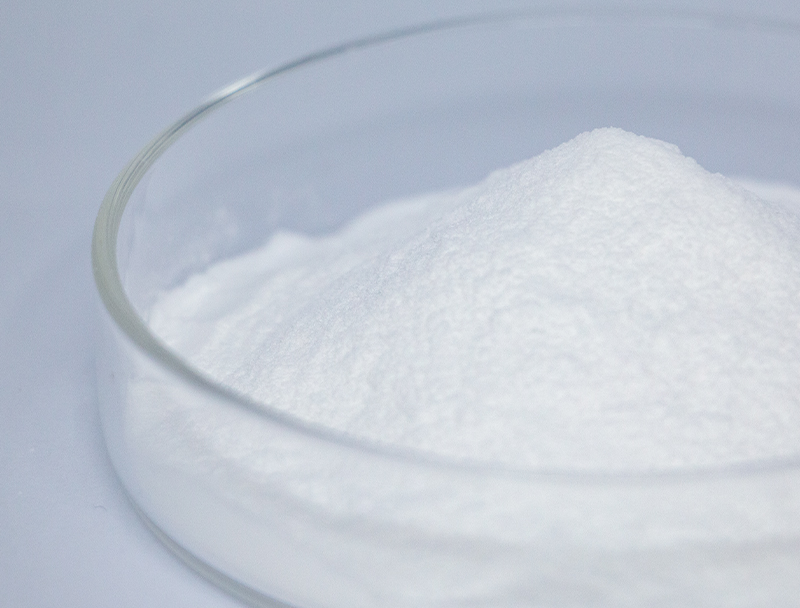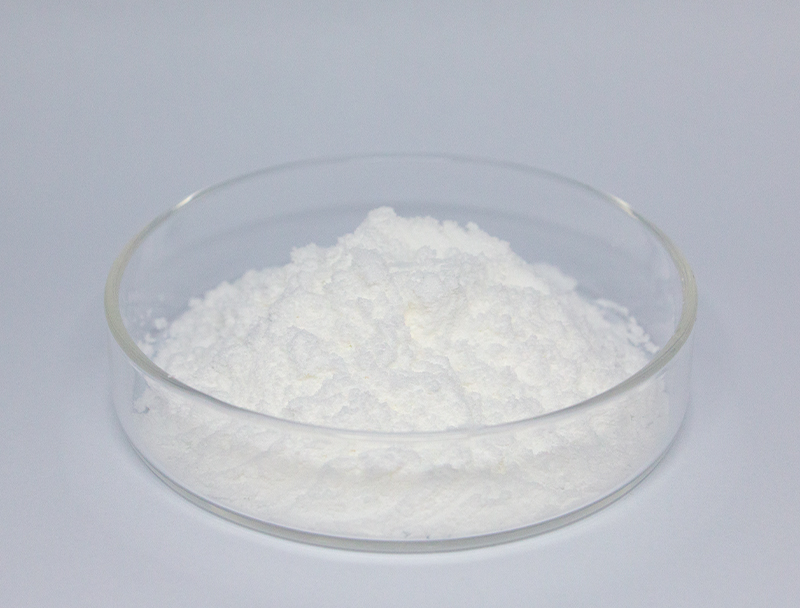
Industrial biosynthesis counts extensively on a wide assortment of primary inputs to produce innovative bio-based products.
Assuring the sustainable sourcing of these resources underpins enduring viability and ethical market growth.
various risks tied to conventional feedstock acquisition including carbon-intensive impacts and resource exhaustion. Therefore, producers should prioritize ethical sourcing models to curtail ecological damage.
- Examples of sustainable sourcing practices include:
- Integrating compostable agricultural waste into supply chains
- Establishing regenerative loops to cut waste and elevate material utilization
- Building relationships with nearby vendors dedicated to moral sourcing
Moving toward responsible sourcing creates ecological improvements and economic resilience.
Optimizing Biomass Feedstocks for Enhanced Biofuel Production
Optimizing biofuel yields depends strongly on feedstock quality and makeup. Technologists actively pursue refinements to increase feedstock efficiency, yielding greater biofuel outputs and greener energy prospects. Strategies feature genetic optimization to raise biomass yield plus pretreatment to depolymerize plant polymers into sugars.
- Concurrently, efforts examine seaweed, industrial byproducts, and crop residues to increase the variety of renewable feedstock alternatives for fuel production.
- Owing to ongoing work the biofuel domain is primed to reach substantial milestones advancing renewable energy adoption.
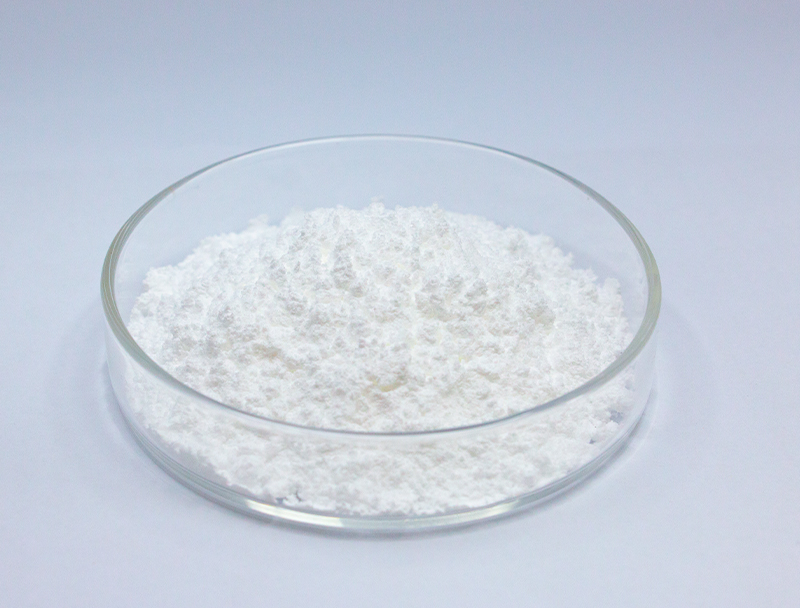
Biopharmaceutical Production: Innovations in Upstream Processes
embraces initial workflow stages from growth to harvesting Current advancements have streamlined operations and improved bioproduct yields.
Key advancements include the utilization of novel cell lines, optimized culture media formulations, and intelligent bioreactor designs. These refinements escalate production and lower expenses and environmental strain.
- Similarly, continuous process trends grant superior flexibility and refined control across production stages.
- This shift towards more sophisticated biopharmaceutical manufacturing methods promises to revolutionize the industry and pave the way for faster development of novel therapeutics.
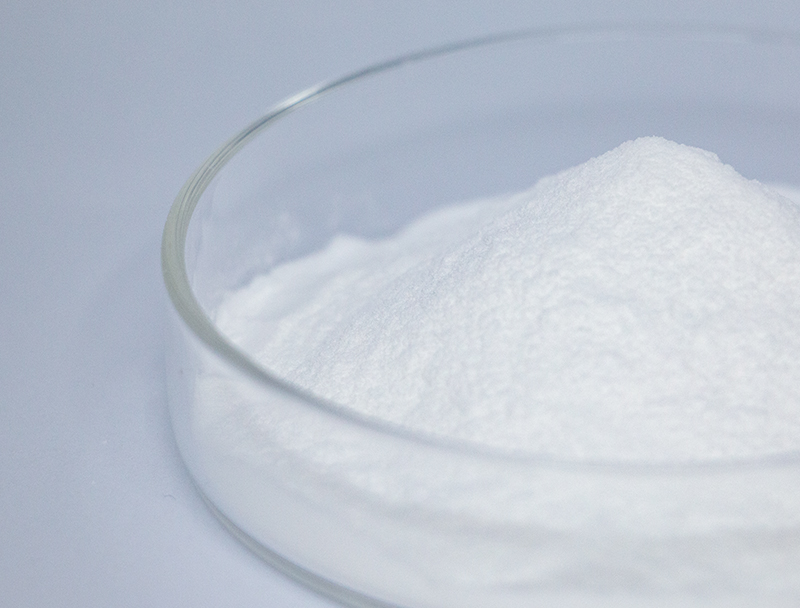
CRISPR and Beyond: Improving Biopharma Production
developments in targeted genetic engineering methodologies have modernized drug manufacturing. By accurate genomic tuning, developers enhance yields of critical biopharmaceuticals. The technique provides opportunities to manufacture economical, high-yield therapeutics for varied indications.
Harnessing Microbial Biotechnology for Sustainable Bioremediation
advanced microbe-driven remediation methods to treat contaminated sites sustainably. Various microbial strains are capable of breaking down toxins into safer constituents.. Employing microbial processes facilitates remediation approaches that preserve ecosystem integrity while reducing pollution.. Laboratories test microbial species for efficacy against metals, pesticide pollutants, and oil-related contamination. Organisms may be utilized in controlled reactors or in place to accelerate contaminant decomposition through biodegradation..
Microbial remediation approaches present key benefits relative to classic remediation methods. It is a cost-effective and environmentally friendly approach that minimizes the generation of harmful byproducts. Also, microbial interventions offer targeted remediation that minimizes collateral ecosystem disturbance. Research efforts persist to upgrade the potency and implementation of microbial remediation strategies.
Bioinformatics' Impact on Drug Design
Bioinformatics techniques are integral to present-day therapeutic development workflows. By analyzing biological data to select and improve leads, computational methods support efficient drug development.
- Through evaluating comprehensive genomic, proteomic, and clinical data, teams detect novel targets and predict drug action.
- Also, in silico modeling of molecular interactions accelerates optimization toward more selective therapeutics.
- Ultimately, bioinformatics modernizes development workflows and expedites access to safe, beneficial medicines.
Metabolic Design Approaches to Boost Bioproduct Yields
applies assorted techniques to boost microbial synthesis of valuable compounds. Strategies involve pathway refactoring by genetic modification, expression modulation for balanced flux, and grafting of novel genes to add capacity.. With precise metabolic tuning scientists can greatly enhance yields of desired compounds.
This broad strategy is positioned to innovate sectors including pharmaceuticals, crop science, and bioenergy.
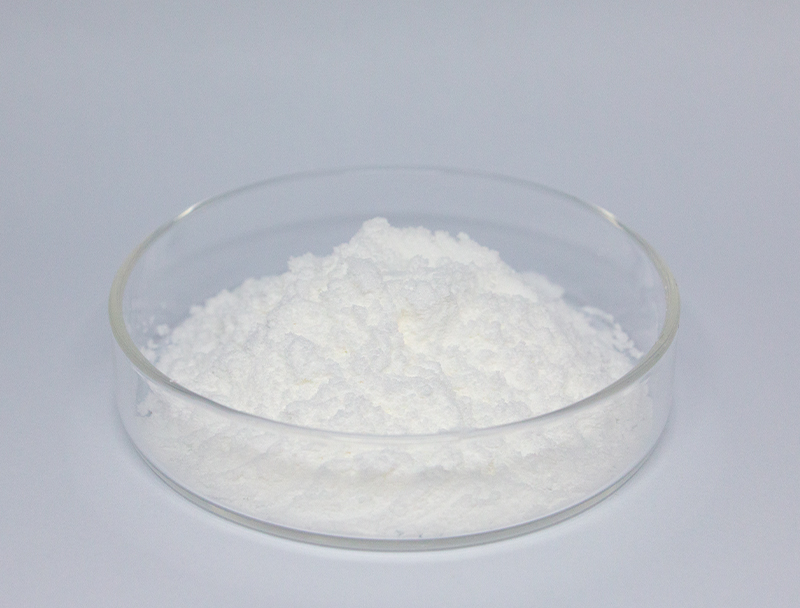
Upscaling Biopharma: Obstacles and Potential Gains
Moving from bench to commercial scale creates complex challenges and valuable opportunities. Maintaining consistent product attributes with scale-up remains a central difficulty. Overcoming this requires advanced process control, continuous monitoring, and sensitive analytical platforms.
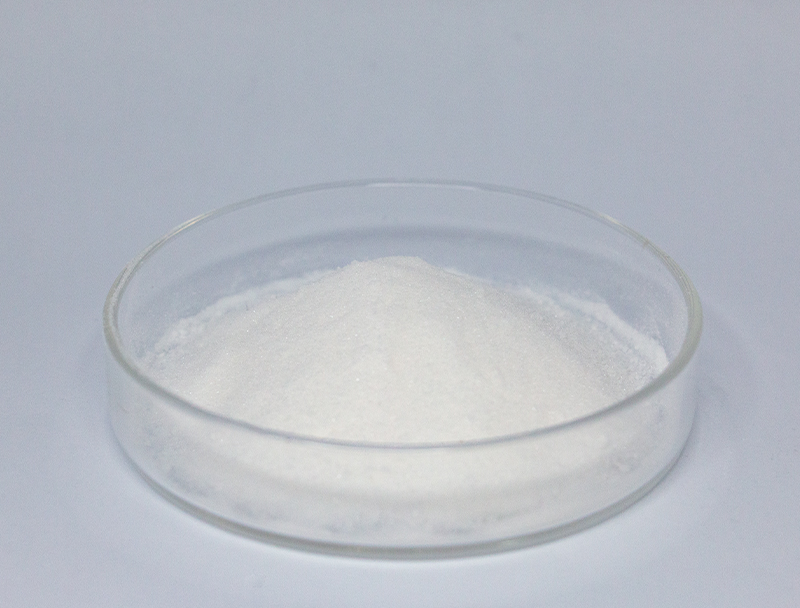
Also challenging is the layered complexity of biomanufacturing encompassing numerous sequential steps.. Reengineering workflows for mass production involves 5-Aminolevulinic acid rigorous R&D and inventive technology deployment.. Nonetheless, the advantages can be major. Effective scale-up may expand patient access to therapies, cut unit costs, and improve margins.
Numerous initiatives aim to tackle these scaling challenges. Plans feature next-gen optimization hardware, sophisticated real-time analytics, and forward-looking production strategies.
- R&D initiatives significantly drive enhancements in manufacturing capacity.
- Authorities are revising processes to enable faster clearance of manufacturing innovations and encourage progress.
Understanding Regulatory Oversight to Ensure Biopharmaceutical Quality
Manufacturing biopharmaceuticals entails detailed regulatory processes to copyright safety and clinical performance. Living-source therapeutics present distinct obstacles in regulation and production relative to classical drugs.
Agencies like FDA and EMA develop frameworks and criteria for validating and approving cutting-edge biotherapies..
Strict validation and testing steps are required across the product lifecycle from lab studies to post-market oversight.. Those requirements help reveal risks and confirm that biologics satisfy stringent safety criteria..
In addition, regulatory entities adapt their frameworks to stay current with rapid research and technological developments.. Efforts comprise integrating cutting-edge tools and easing development pathways while upholding patient safety.

Plant-Origin Feedstocks in the Production of Bioplastics
Heightened demand for sustainable products accelerates efforts to develop renewable material alternatives. Plant-derived biomass as input for bioplastics represents a practical route toward greener materials. Materials such as starch from corn, cellulose pulp, and sugarcane biomass are convertible into biodegradable polymers that lower plastic waste concerns.
Similarly, selected bioplastics offer analogous properties to traditional plastics suitable for many applications.. Continuous development will unlock plant biomass value for sustainable bioplastic production and support circular systems.
Biotechnology's Impact on Global Health and Food Security
Advanced biotech approaches can reshape healthcare delivery and enhance agricultural resilience. Through advancements in genetic engineering, synthetic biology, and cell therapies, biotechnologists are developing innovative solutions to combat infectious diseases, improve crop yields, and enhance nutritional value.. Illustratively, crops altered for pest resistance and stress endurance support increased harvests and diminished pesticide usage.. In addition, the field produces vaccines, treatments, and diagnostic tools that are central to fighting infections and improving health worldwide.. Going forward, advancements in biotechnology are likely to yield interventions that improve health and advance sustainable food systems globally.
